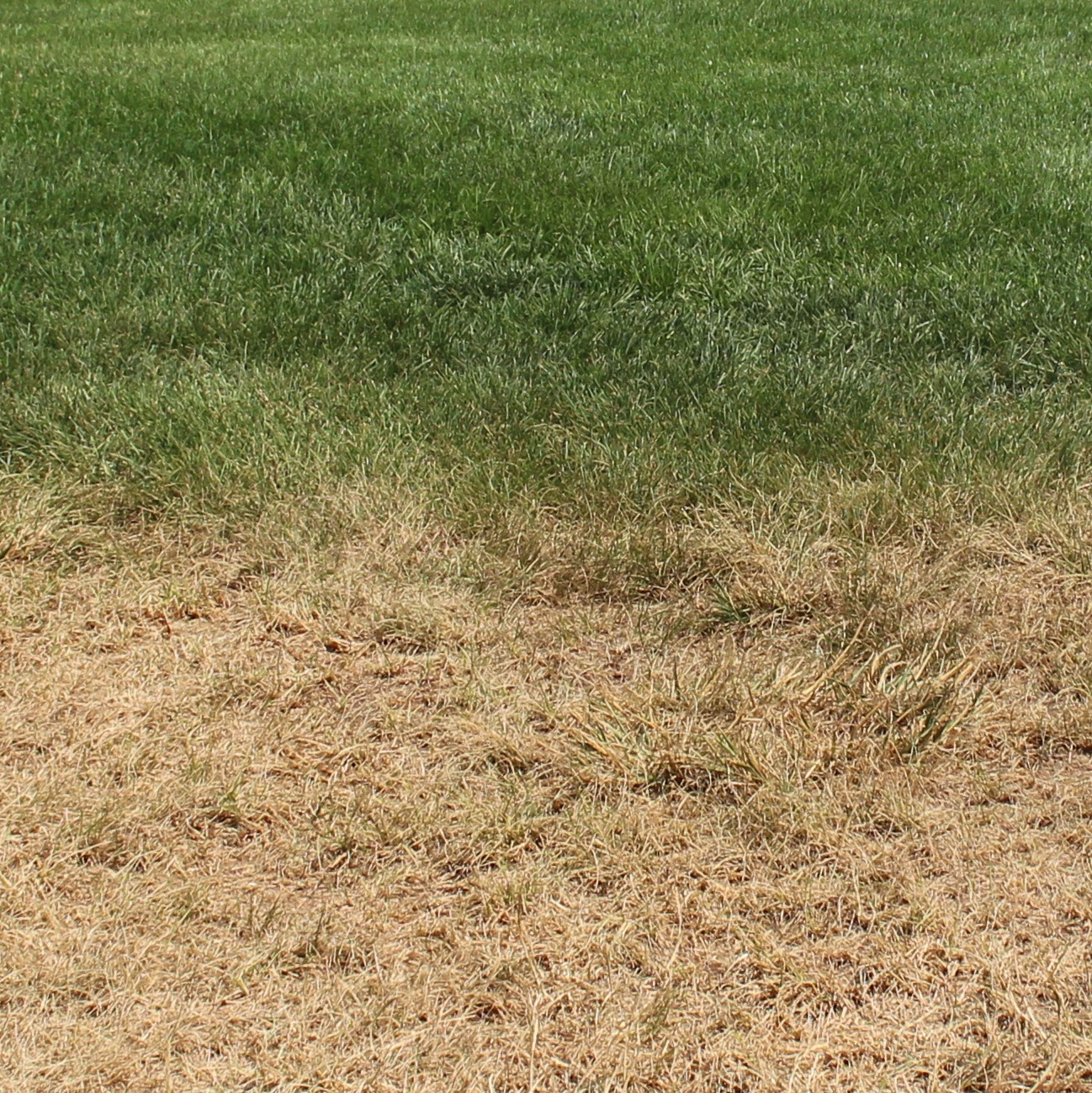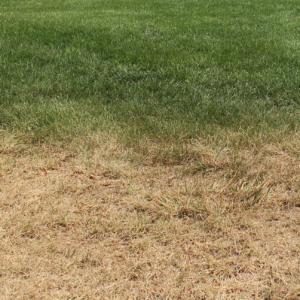How to Water Your Lawn in the Summer Months

Prior to the summer heat setting in, deciding whether or not to spend the time during the season on watering your lawn is an important decision to be made. A lawn’s self-defense against summer drought is to go dormant, similar to what a lawn does over the winter. The lawn stops top growth, turns brown and as a result, puts all its energy to keeping the roots alive. If you decide that spending the time and money on keeping your lawn green and growing during the summer months, watering your lawn on a regular basis and before the summer heat hits is imperative. Once a lawn goes under drought stress and turns brown (its dormant state) it takes a longer time to “green” back up. Also, it is recommended that you do not rotate between watering and not watering. We recommend to choose one and stick with it. By rotating, the grass plant is actually using up a lot of its food reserves and weakens the turf even further.
Methods
 There are many methods for maintaining a watered lawn; Mother Nature, hose-end sprinklers, and a lot of people also have underground irrigation systems that do all of the work for them. All that needs to be done is to assure that the timer is set to the appropriate day and interval. The image below demonstrates the difference between correctly watering a lawn and one that does not receive water during the hot summer months.
There are many methods for maintaining a watered lawn; Mother Nature, hose-end sprinklers, and a lot of people also have underground irrigation systems that do all of the work for them. All that needs to be done is to assure that the timer is set to the appropriate day and interval. The image below demonstrates the difference between correctly watering a lawn and one that does not receive water during the hot summer months.
Your irrigation company is hired to check the functioning of the system and does some basic scheduling; however, the schedule they set up may not be what is best for your lawn. Some irrigation companies still go by the outdated recommendation of watering your lawn for 20 minutes every-other day. This scheduling produces inadequate water and promotes shallow root systems, all of which are not good for your lawn. Watering too frequently promotes disease issues as well.
To start, all lawns in our area should receive at least 1 inch of water per week. Our starting recommendation for underground irrigation systems is to run each zone for 1 hour, twice per week. Hose-end sprinklers should run for 4 hours per zone, once per week. It is important to remember that each sprinkler system is different and has varying water pressures; therefore our recommendations are a good starting point, but each system may need adjustments. Additionally, as the temperatures get higher and when/if the color of the lawn is starting to diminish, add more time by half hour increments to the watering schedule; do not add more days.
Early evening watering, between 6 pm to midnight, keeps the lawn wet for a longer period of time. This creates disease issues that can be widespread on the lawn and can cause permanent damage to the turf. The optimal time to water your lawn is between midnight and 6am. Watering your lawn during this time ensures the lawn is not wet for longer than it needs to be and by drying out early enough reduces the spread of disease and evaporation from direct sunlight.
Watering your lawn in the early morning presents a challenge for those who do not have underground irrigation and use hose-end sprinklers. Fortunately, now you can purchase battery operated timers from any home improvement store or co-op. These timers hook up directly to the spigot and turn on and off the flow of water after setting the desired times into this helpful piece of equipment.
Further, when watering your lawn be sure to check on the spray pattern no matter what type of irrigation system is used. It’s very important to make sure that the sprinkler heads are adjusted and working properly to have even coverage and that enough water is being applied to the lawn. Make sure the spray patterns are overlapping and not missing any spots. There are tests that can be performed for the amount of water that is being put out from the sprinkler heads. You can take a coffee can, any flat sided container or rain gauge, and set it out while the irrigation system runs. After the cycle is complete, see if the amount of water equals a ½ inch, and then make appropriate adjustments. To learn more about adjusting sprinkler heads for an accurate spray pattern, check out our blog. Further, modern control panels with irrigation systems have built in rain gauges and soil moisture sensors to help you water appropriately for your lawn.
Finally, if rain is expected there is no need to water your lawn in addition, but make sure to keep track of the amount of rainfall. It’s not necessary to apply more water to the lawn than is needed because too much water is also not good for the lawn. Disease issues and ponding are two common problems created by over watering your lawn. If the lawn collects too much water in poorly drained areas the water is not able to filter it down into the soil causing the grass a loss of oxygen that suffocates and kills the turf.
Conclusion
Consequently, watering your lawn has more components than most may imagine, but with some helpful tips provided above, we have confidence that everyone can achieve a green lawn through the summer months.
If you are in our service area and want more information about watering your lawn, please feel free to contact Fairway Green Inc. at 908-281-7888.




